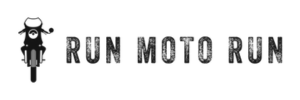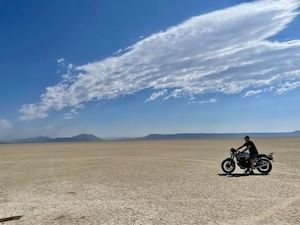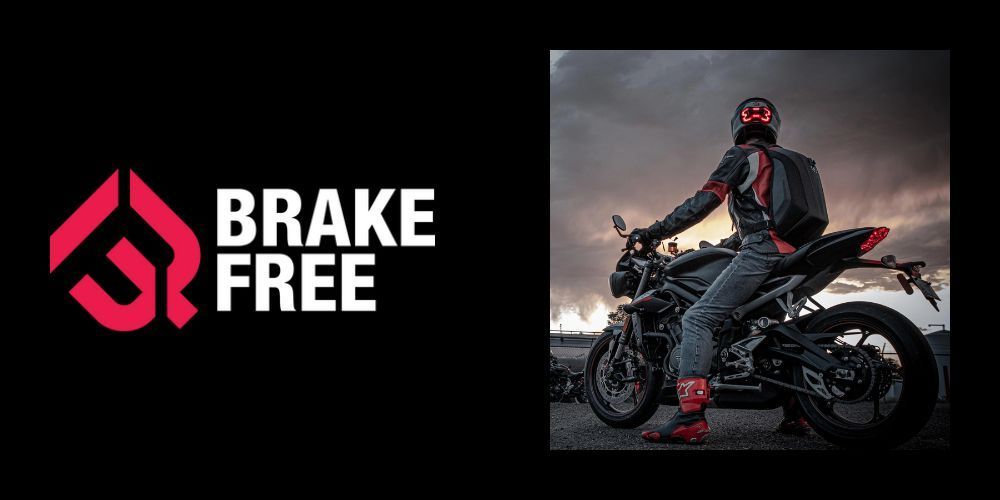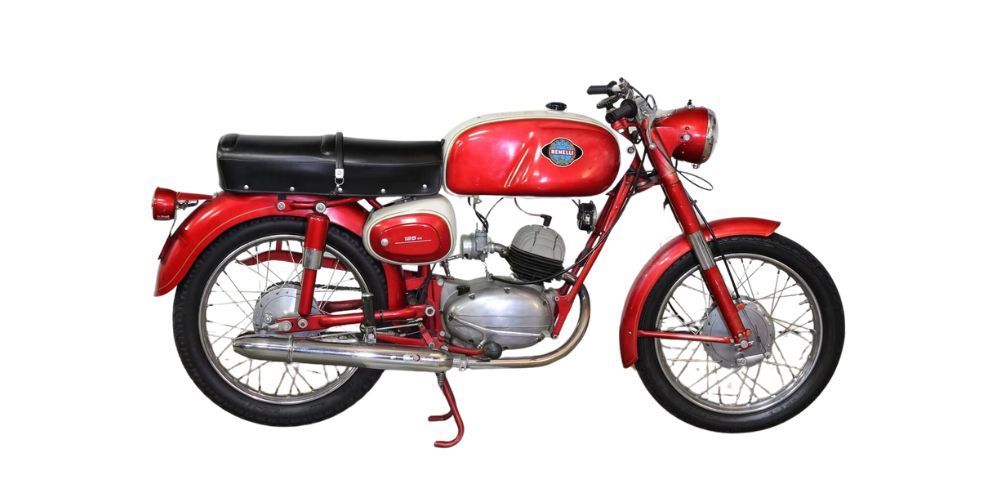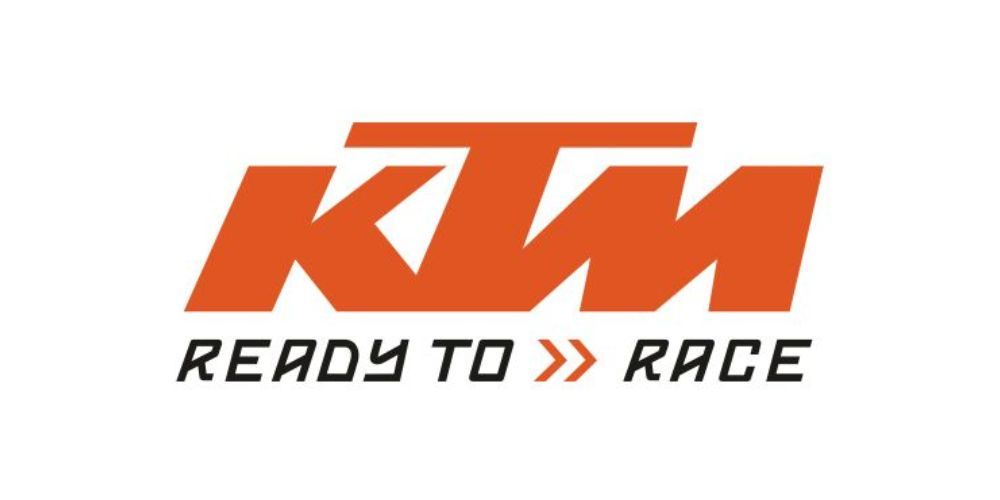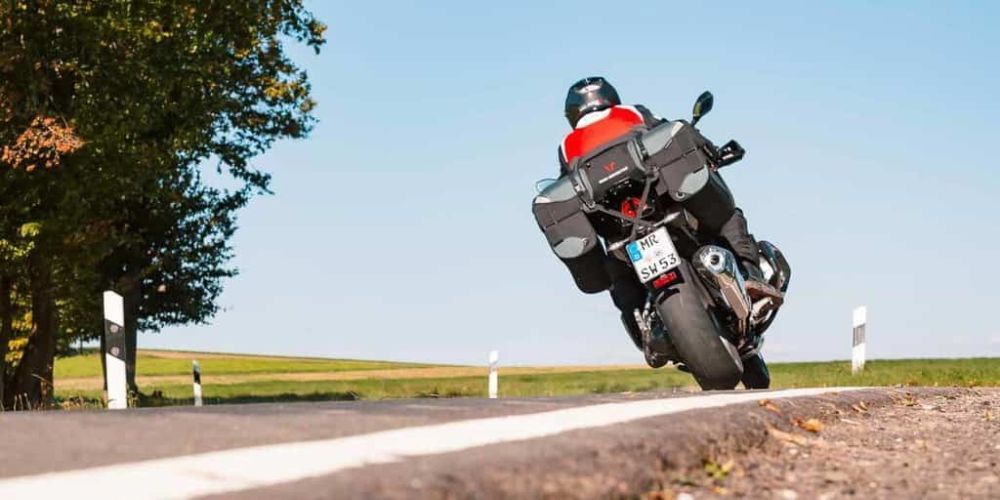Cafe Racer Motorcycles: A Stylish Guide to Vintage Custom Builds
The Evolution of Rebellion: A Journey Through Cafe Racer History
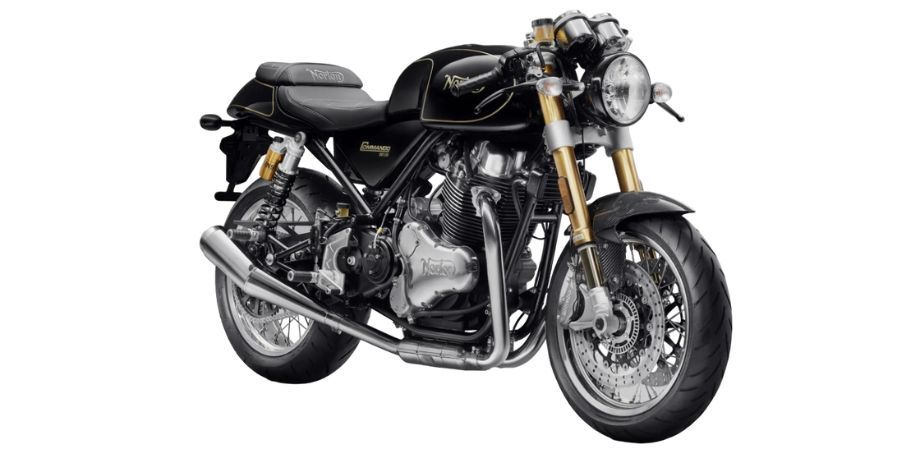
Roaring engines, sleek shapes, rich leather, and timeless designs—welcome to the world of Cafe Racer motorcycles. Offering a perfect blend of vintage charm and modern performance, these quintessentially European marvels have carved an extraordinary niche in the motorcycle community. Read on as we style up your ride with our comprehensive guide to the enduring allure of Cafe Racers, delving into their storied history, showcasing iconic models, and offering tips on crafting your very own custom build. The open road beckons—are you ready to answer the call, all while radiating absolute class?
Cafe racer motorcycles are a genre of sport bikes that originated in London in the early 1960s. They were standard production bikes modified by owners for speed and handling over short distances. Cafe racers typically have low-mounted clip-on or "Ace" handlebars, rear-set footrests, and minimalistic designs without side panels or voluminous mudguards. The subculture associated with cafe racers was the Rocker or "Ton-Up Boys," who rode between transport cafes and sought to reach speeds of 100 miles per hour.
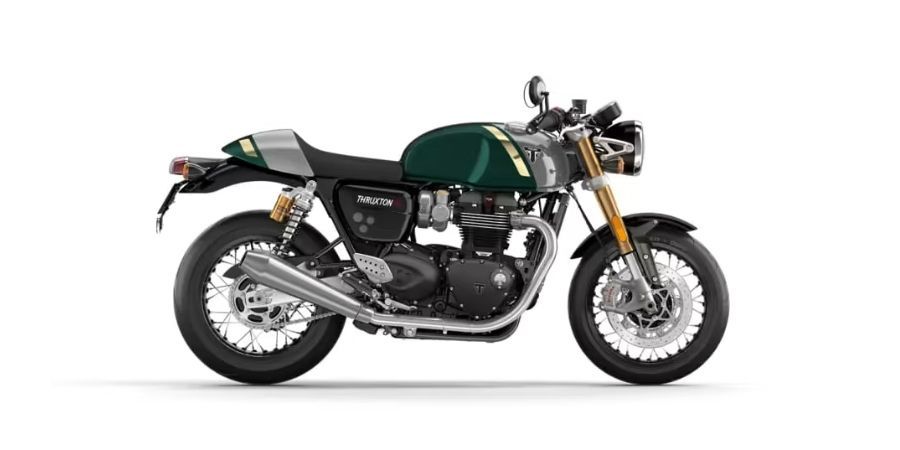
Evolution of Cafe Racer Motorcycles
The evolution of cafe racer motorcycles is a remarkable journey that showcases the fusion of style, mechanics, and sheer passion for speed. These vintage custom builds have captivated motorcycle enthusiasts around the world, capturing their imagination and showcasing the creative spirit of riders who strive for individuality on the roads.
The roots of cafe racers can be traced back to London in the 1960s. During this time, young motorcyclists belonging to the Rocker subculture sought to push the limits of speed while riding between transport cafés. They modified their motorcycles to enhance performance, seeking to achieve exhilarating speeds of up to 100 miles per hour—the legendary "Ton-Up Boys."
These early cafe racers featured distinct design elements such as low-mounted clip-on or "Ace" handlebars, rear-set footrests, and minimalistic designs without side panels or bulky mudguards. The focus was on streamlined form and enhanced functionality for quick acceleration and agile handling. Riders also aimed for a classic aesthetic with sleek lines and simplified silhouettes.
The cafe racer culture continued its evolution as it expanded beyond its origins in London. A pivotal moment arrived in the 1970s when Japanese manufacturers took center stage in the motorcycle market.
The 1960s London Origin
In the vibrant streets of London during the 1960s, a unique scene emerged with cafes becoming meeting points for two-wheeled enthusiasts. These riders embraced the rebellious spirit and thrill-seeking nature commonly associated with rock 'n' roll music of the era. Their boldness clashed with traditional norms, sparking a subculture that gravitated towards unconventional motorcycles.
Cafe racers from this period were typically lightweight bikes with engines tuned for extra power and responsive acceleration. The customization often included dropped handlebars that allowed for an aggressive riding position, minimizing wind resistance. To further emphasize speed and sleekness, riders opted for fairings, swept-back exhaust pipes, and minimalist bodywork.
The London origin of cafe racers set the stage for a movement that would continue to evolve and influence motorcycle design and culture for decades to come.
The cafe racer subculture emerged in 1960s London, with riders embracing rebellion and thrill-seeking. These custom bikes were lightweight with powerful engines, dropped handlebars for an aggressive riding position, fairings, and minimalist bodywork. This movement continues to influence motorcycle design and culture today.
Japanese Influence in the 1970s
The 1970s marked a significant era in the evolution of cafe racer motorcycles, with Japanese manufacturers playing a pivotal role. During this time, Japanese bikes dominated the market, offering innovative features and superior performance. Brands like Honda, Kawasaki, Suzuki, and Yamaha introduced models that captured the essence of the cafe racer aesthetic while incorporating modern advancements in technology and design.
One notable example is the Honda CB750, often hailed as the first superbike. Launched in 1969 but making its impact felt throughout the 1970s, it revolutionized the motorcycle industry with its powerful four-cylinder engine and advanced features like electric start and disc brakes. The CB750 became a favorite among enthusiasts who sought to create their own cafe racers, inspired by its performance capabilities and sleek design.
Another influential Japanese model during this period was the Kawasaki Z1. It boasted a four-stroke, four-cylinder engine that provided exceptional power and speed. Its distinctive styling, with a long, low-slung profile reminiscent of classic cafe racers, made it an ideal base for customization. Riders embraced these Japanese machines as they offered reliability and affordability without compromising on performance or style.
The Japanese influence in the 1970s contributed greatly to popularizing cafe racer motorcycles in mainstream culture around the world. These bikes demonstrated that style and performance could go hand in hand, inspiring riders to embrace the cafe racer ethos and customize their own machines.
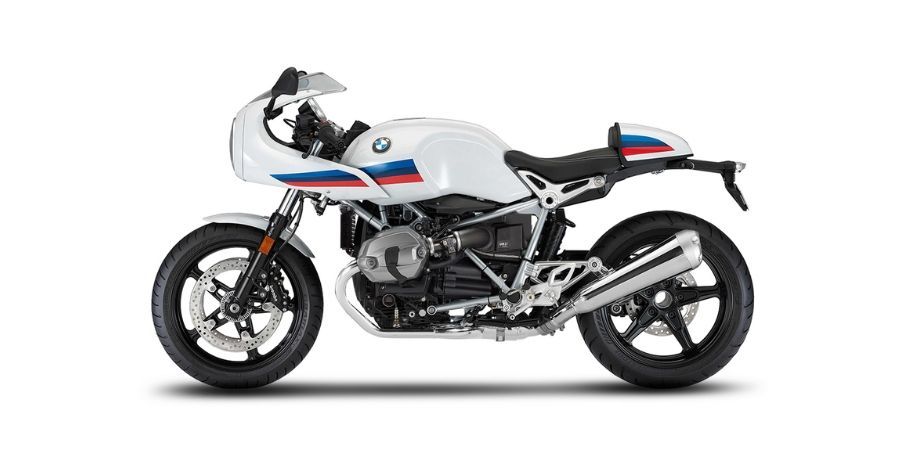
Key Customizations for Cafe Racer Performance
Cafe racer motorcycles are not only about aesthetics; they also prioritize performance enhancements for agile handling and exhilarating rides. When customizing a cafe racer, there are several key modifications that riders often consider to optimize performance on both city streets and winding country roads.
One crucial aspect is tuning the engine to improve power delivery and throttle response. This can involve installing performance camshafts, upgrading carburetors, and optimizing the exhaust system. These modifications enhance the bike's overall performance and give it a distinctive sound that complements its visual appeal.
Dropped handlebars are another popular customization for cafe racers. Positioned lower than typical motorcycle handlebars, they encourage a forward-leaning riding position that improves aerodynamics and maneuverability. This helps riders achieve a more engaged and dynamic connection with the bike while navigating bends and corners.
By customizing their cafe racers with tuned engines and dropped handlebars, riders can achieve heightened performance and an authentic riding experience that embodies the spirit of café racer culture.
The burgeoning interest in Cafe Racers is reflected in the digital sphere, where the subreddit dedicated to these motorcycles is ranked within the top 2% by size.
When analyzing trends between 2015 and 2020, Google Trends data shows a significant upsurge in searches for 'Cafe Racer' worldwide, with nearly a 70% rise in interest.
A 2019 survey by Motorcyclist Magazine highlighted that among motorcycle enthusiasts, approximately 37% showed high interest in building or owning Cafe Racers due to their classic aesthetics and performance capabilities.
Tuned Engines and Dropped Handlebars
When it comes to café racer motorcycles, two key elements stand out: tuned engines and dropped handlebars. The heart of a café racer lies in its engine, which is often modified for enhanced performance. These tuned engines can deliver impressive speed and power, allowing riders to feel the adrenaline rush on the open road. Additionally, the dropped handlebars provide a distinctive riding position that not only enhances aerodynamics but also gives the motorcycle its classic café racer look. With the rider leaning forward, gripping the bars, they are fully immersed in the thrill of the ride.
Imagine yourself astride a café racer motorcycle with a tuned engine, ready to twist the throttle and feel the surge of acceleration. As you crouch down over the dropped handlebars, you become one with the machine, feeling every bump and curve of the road as you carve through corners with confidence and style.
Now that we understand how tuned engines and dropped handlebars play a crucial role in café racer motorcycles, let's explore some iconic models and brands in this genre.
Iconic Cafe Racer Motorcycle Models and Brands
Café racers have a rich history spanning several decades, with notable models and brands that have shaped this unique motorcycle culture. From vintage classics to modern reinterpretations, there is a wide range to choose from based on personal preferences and desired aesthetics.
One iconic model that captures the essence of café racers is the Triumph Bonneville. Introduced in the 1950s, this British motorcycle became synonymous with cafe racer culture due to its powerful engine and sleek design. With its distinct parallel-twin engine layout, low-slung exhaust pipes, and minimalist bodywork, it remains an enduring symbol of vintage cafe racers.
Another brand that has made significant contributions to the cafe racer world is Ducati. Their Scrambler Café Racer model blends retro styling with modern technology, featuring a tuned engine, clip-on handlebars, and a distinctive fuel tank shape. Ducati's commitment to performance and design has solidified their position in the cafe racer community.
Just as an artist paints on a canvas, motorcycle manufacturers sculpt their creations to embody the spirit of café racers. Each model and brand brings its unique flavor to the mix, just like different brushstrokes on a masterpiece.
Other notable cafe racer brands include BMW with their R nineT Racer, Yamaha with the XSR900, and Norton Motorcycles with their Dominator model. These motorcycles offer a blend of heritage-inspired design elements paired with modern engineering for an authentic yet contemporary cafe racer experience.
Whether you prefer the vintage charm of classic models or the modern twists on cafe racer aesthetics, there are countless options available for every rider seeking to embrace this iconic motorcycle style.
Now that we've explored some iconic cafe racer motorcycle models and brands, it's time to wrap up our guide by summarizing the key takeaways from this stylish journey.
Vintage Classics to Modern Reinterpretations
Cafe racers are more than just motorcycles; they represent a rich history of style, speed, and rebellion. The classic cafe racer bikes originated in London in the early 1960s through the creative modifications made by their owners for enhanced performance over short distances. These vintage classics were characterized by their low-mounted clip-on handlebars, rear-set footrests, and minimalist designs. They were stripped down, shedding extra weight to achieve higher speeds while exuding an unmistakable charm.
Over time, the cafe racer style has evolved and witnessed modern reinterpretations. Major motorcycle manufacturers like BMW, Norton, Ducati, and Yamaha have embraced the cafe racer trend, offering factory-made models with a contemporary twist. These modern interpretations combine the aesthetic appeal of vintage cafe racers with advanced engineering and cutting-edge technology, creating a perfect blend of style and performance. With these reinterpretations, riders can enjoy the timeless allure of cafe racers while benefiting from the reliability and capabilities of modern motorcycles.
The Thrill of Racing a Cafe Racer
There is an undeniable thrill that comes with racing a cafe racer. It's not just about the speed but also the connection between rider and machine that adds an extra layer of excitement to each race. When you hop on a cafe racer, you become part of a tradition rooted in rebelliousness and adrenaline-fueled action.
Picture yourself leaned forward on your cafe racer, gripping the low-mounted handlebars as you navigate tight corners with precision. The nimble nature of these motorcycles allows for quick maneuvers, making every twist and turn on the track an exhilarating experience.
Imagine feeling the wind rushing against your body as you open up the throttle on a straight stretch of road, experiencing the raw power and acceleration that makes cafes racers so captivating. The roar of the engine combined with the sleek and aggressive design creates a sensory overload that can't be replicated.
The cafe racer subculture has always celebrated speed and the pursuit of reaching new limits. It's about pushing boundaries, challenging yourself, and feeling alive on two wheels. Whether you're racing on a track or simply enjoying a spirited ride through winding roads, the thrill of riding a cafe racer is unmatched.
About the Author
William Flaiz, passionate about European motorcycle brands, shares his expertise and stories on RunMotorun.com. He offers detailed insights and reviews, aiming to educate both seasoned enthusiasts and newcomers. Flaiz combines personal experience with thorough research, welcoming visitors to explore the rich world of European motorcycles alongside him.
